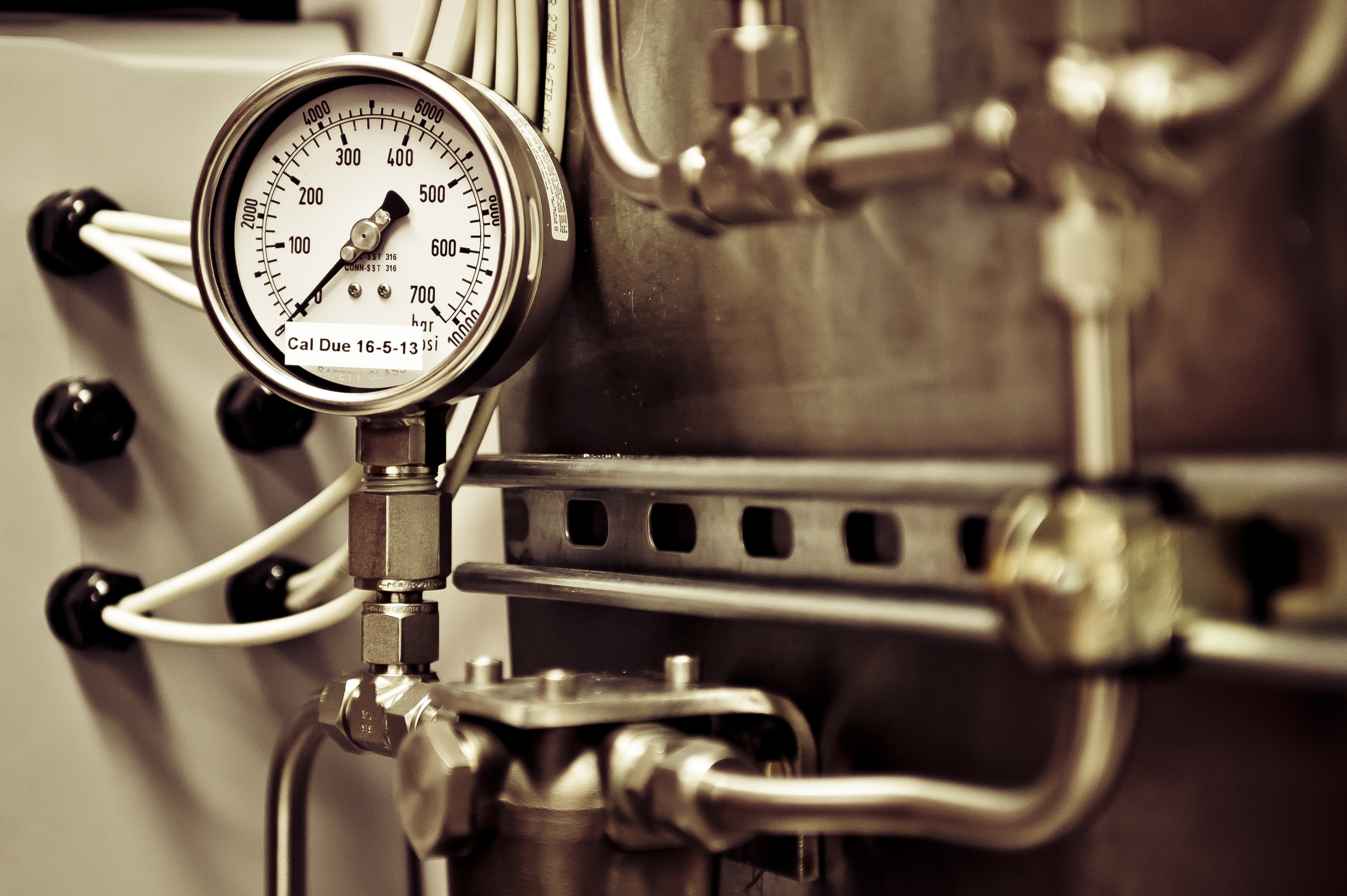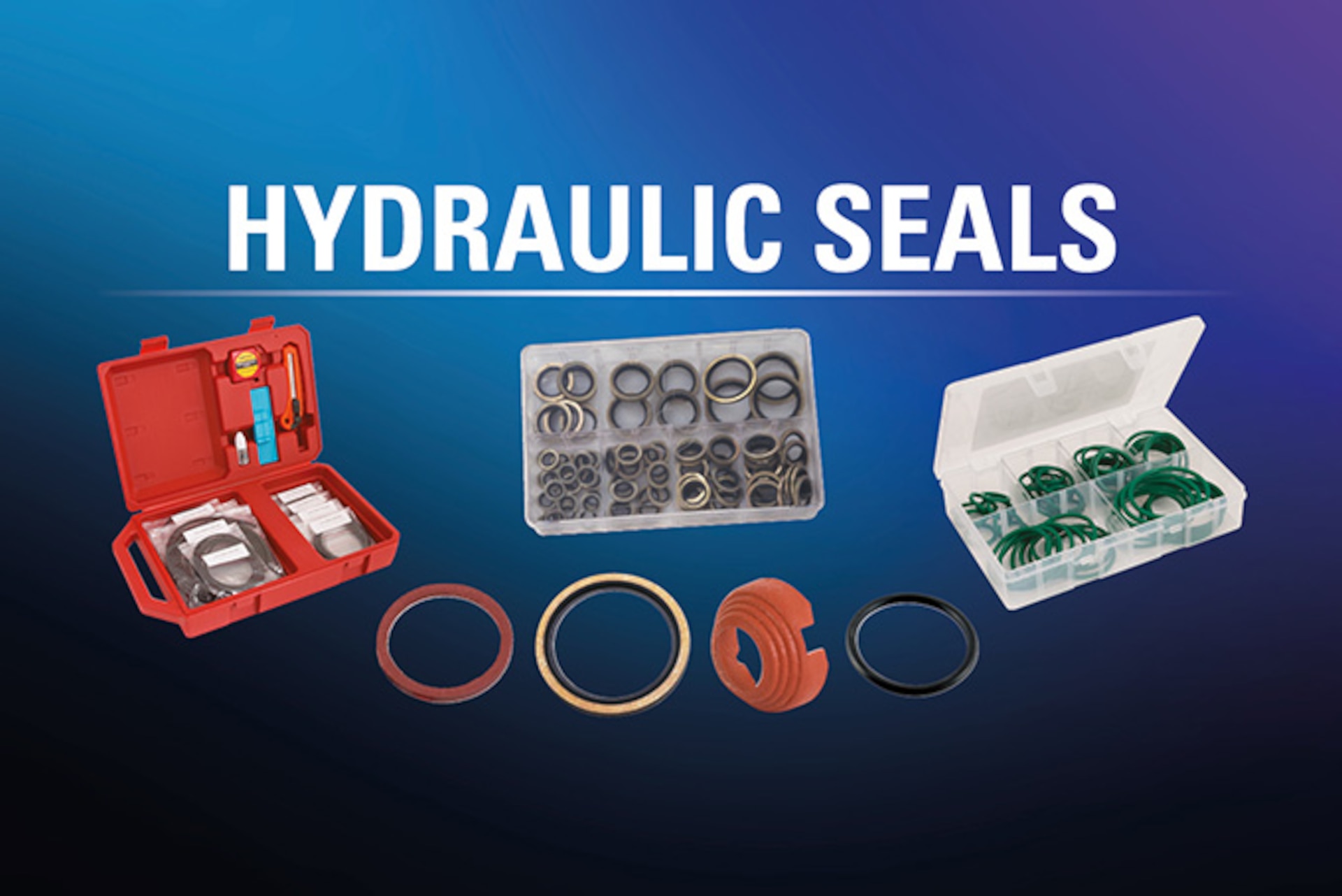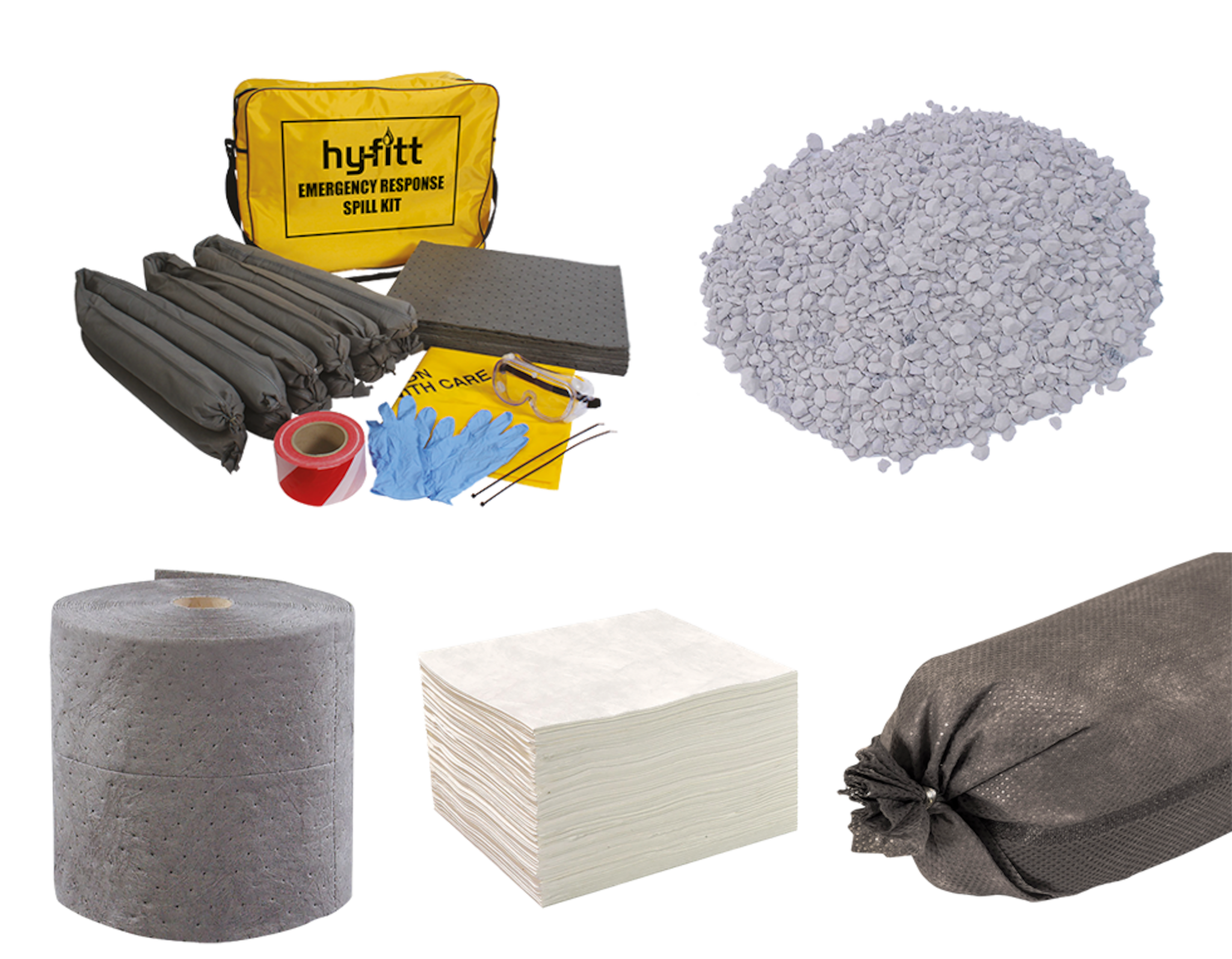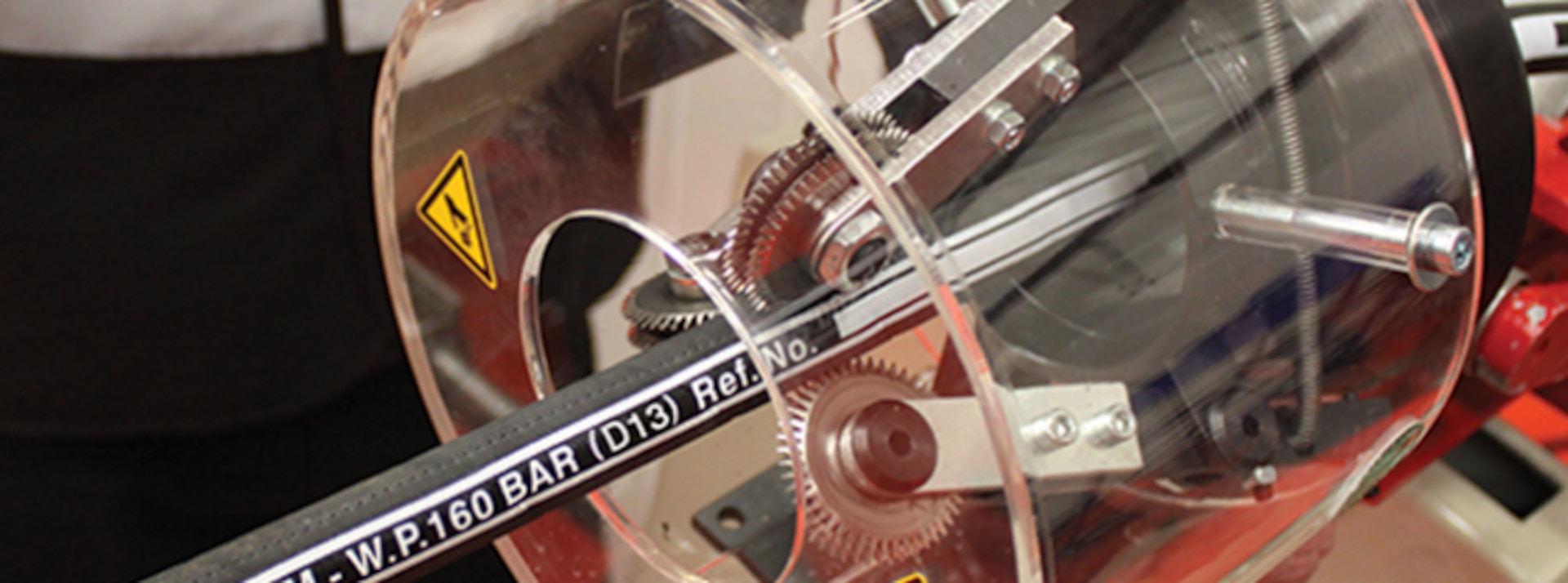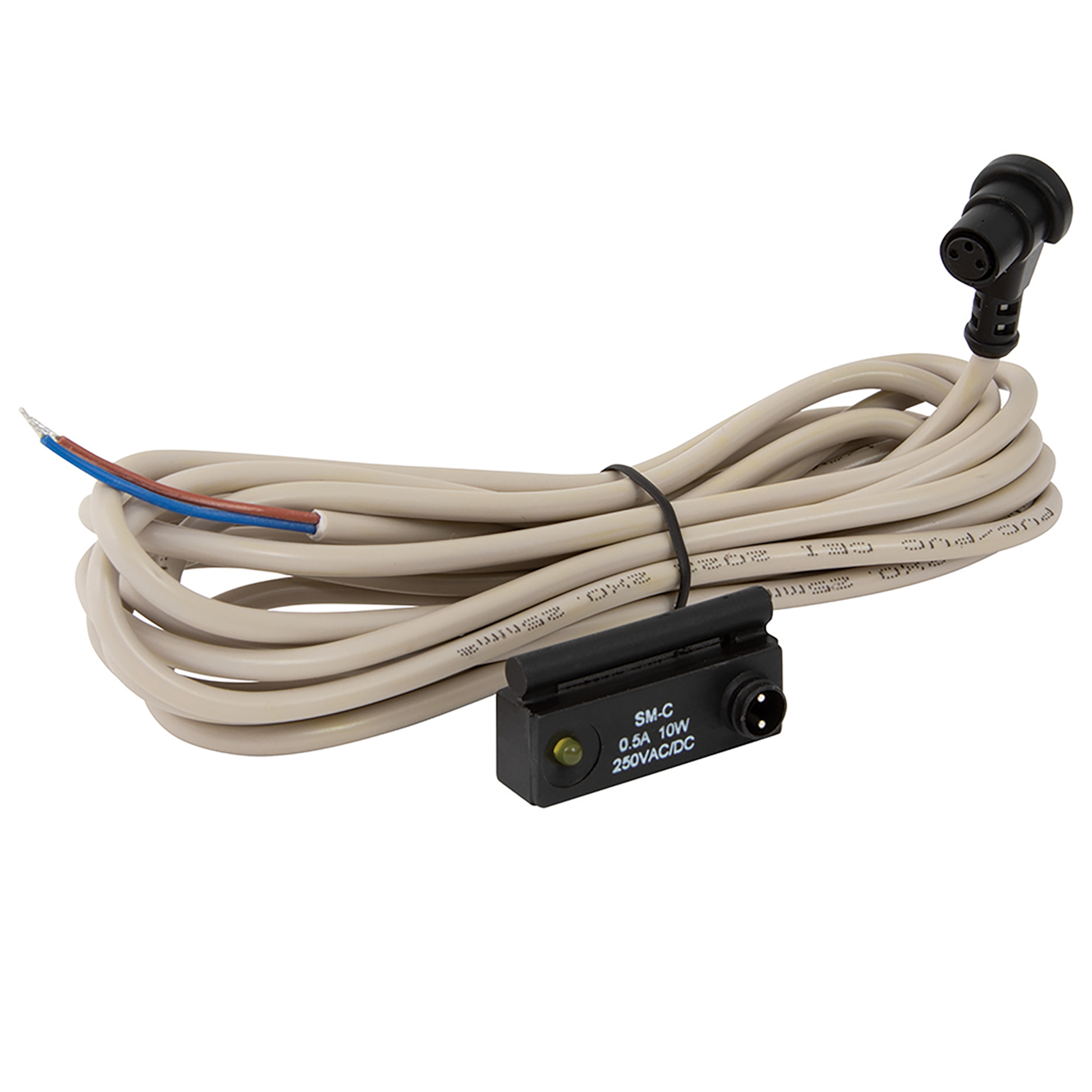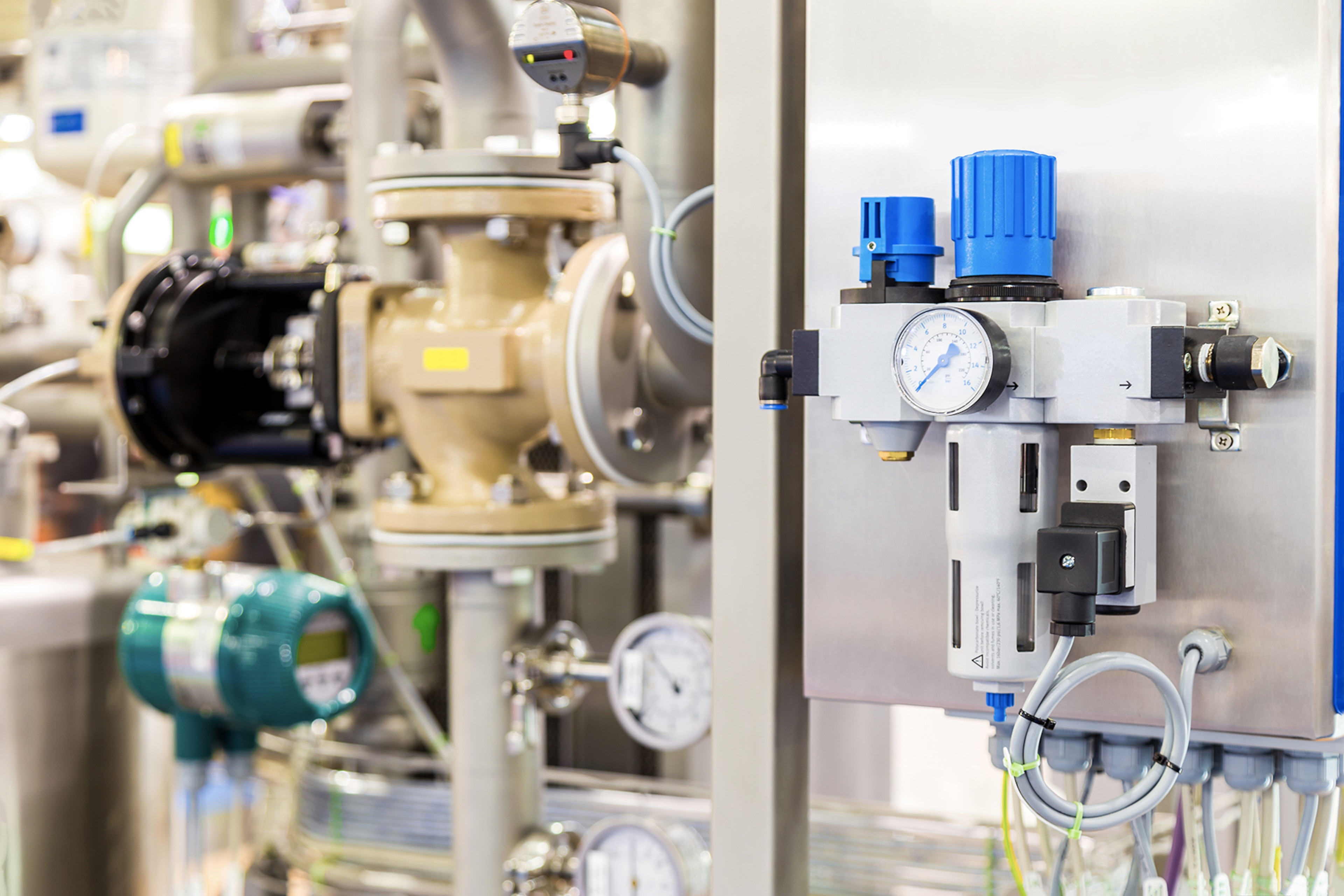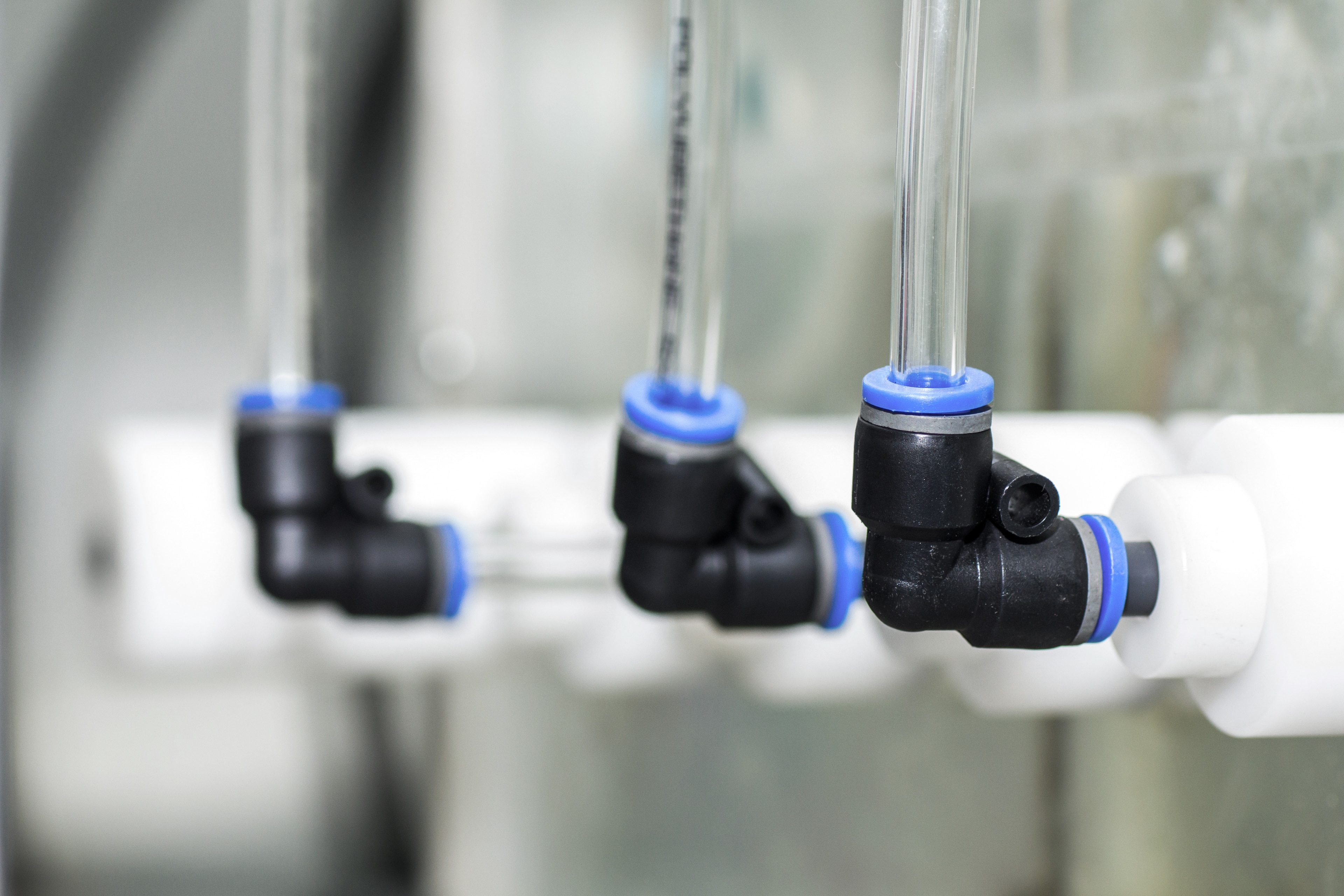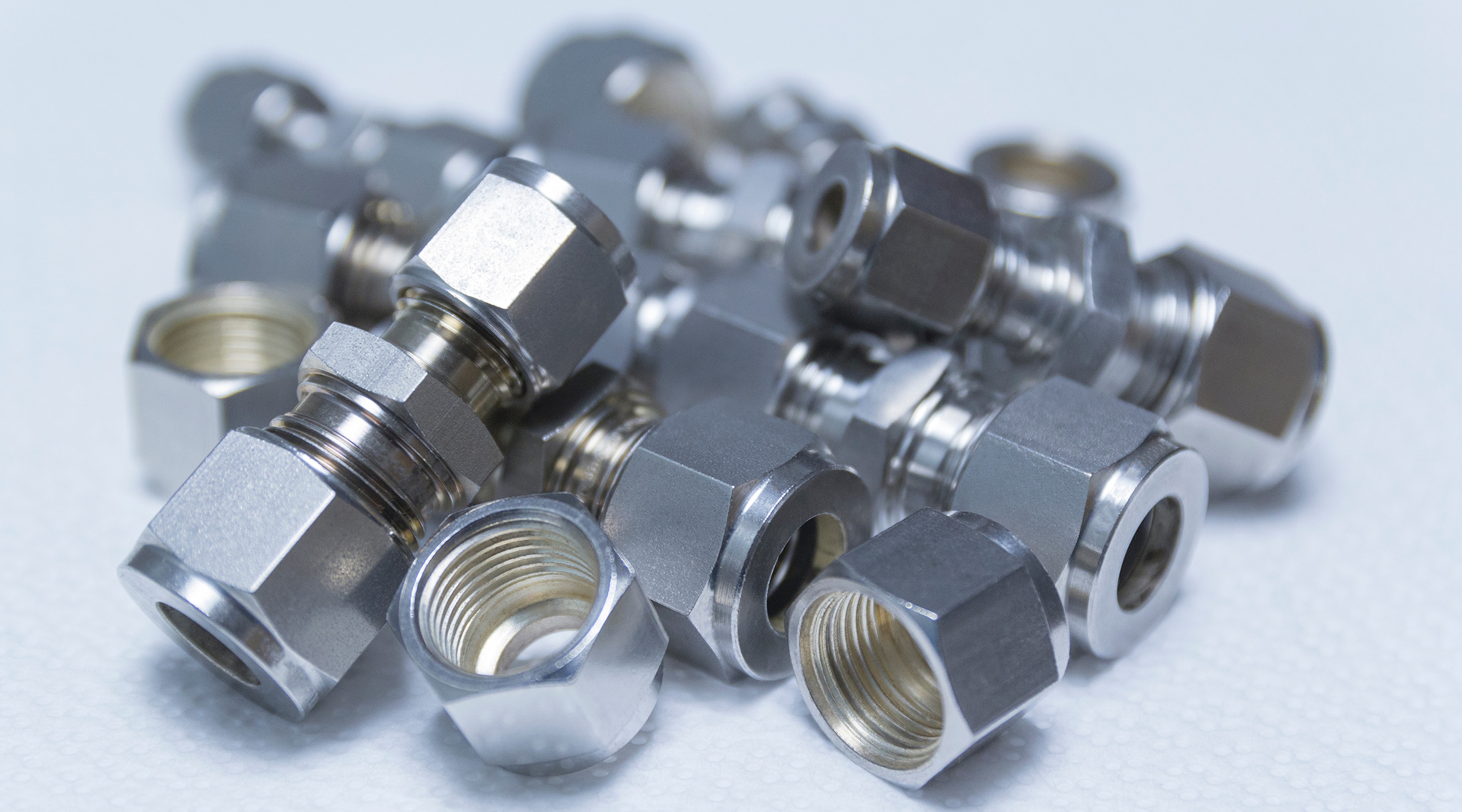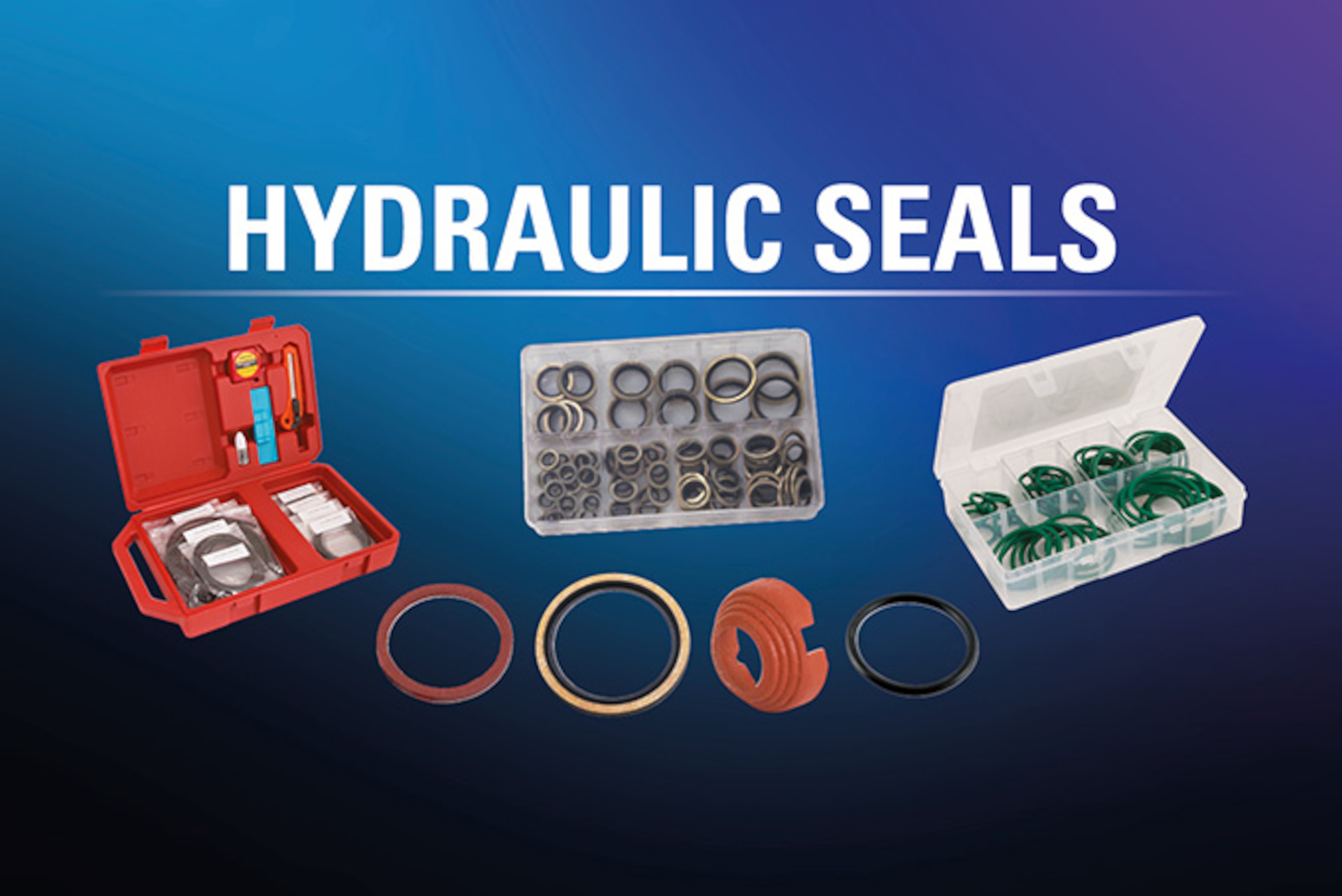
Hydraulic Bonded, Dowty and O Ring Seals Guide

Flowtech
Also referred to as Dowty seals and Dowty washers, bonded seals are made from an external metal ring and an inner rubber elastomer ring that creates a sealing around a bolt or a screw. The outside ring stops over-compression that could lead to deformation and collapse of the inner ring. Bonded seals are made from a variety of materials and come in a range of sizes to fit various applications. In addition, they can be customised for specific applications and used in high-pressure and high-temperature environments.
Different types of O-ring seals
O-ring seals are made from different materials depending on their application. Here are just some of the more popular types of O-ring seals.
Nitrile O-rings
Also sometimes called Buna-N and NBR, Nitrile O-rings are one of the most popular sealing elastomers on the market. This is due to their affordability, as well as to resistance to lubricants and petroleum-based fuels. If high visibility is required, opt for high visibility nitrile O-rings that can come in distinctive colours. The working temperatures of nitrile O-rings range between - 40 degrees Celsius and 120 degrees Celsius.
Most nitrile O-rings contain around 34 percent of acrylonitrile, however, this can vary. The lower the acrylonitrile content, the better the O-ring’s resistance to low temperature. On the downside, lower acrylonitrile content equates with lower resistance to polar lubricants and fuels. Conversely, the higher the acrylonitrile content, the higher the O-ring’s resistance to polar lubricants and fuels and lower its resistance to cold temperatures.
Most nitrile O-rings are either sulfur or peroxide cured. Sulfur-cured nitrile O-rings have better resistance to low temperatures but can harden if operated in high temperatures. Nitrile O-rings that have been peroxide-cured feature lower compression sets and are more resistant to heat. On the downside, they tend to be more expensive.
Overall, nitrile O-rings fare well with the following fluids: vegetable oils, diluted acids, petroleum-based fuels and oils, ethylene glycol, aliphatic hydrocarbons and water up to 100 degrees Celsius. However, they do not function so well when it comes to chlorinated hydrocarbons, automotive brake fluid, aromatic hydrocarbons, ketones, strong acids and phosphate ester hydraulic fluids. Nitrile O-rings are also not resistant to weathering and sunlight.
Rubber O-ring seals
Versatile and affordable, rubber O-ring seals are used for a huge range of applications. Since they are not as resilient as some of the other O-ring seal types, rubber O-rings are commonly used in less demanding settings (usually not industrial settings). Rubber O-ring seals come in a huge range of material sub-categories including natural rubber and other elastomer and compound materials.
Viton O-ring seals
A common alternative to nitrile O-rings, Viton O-ring seals feature stronger resistance to chemicals than nitrile O-rings. Some of the substances Viton can be used with include acids, gases, petroleum oils and silicone fluids. Viton O-rings are also resistant to UV damage, oxidation, ozone and fungus. Also called fluorocarbon elastomer O-ring seals, they are also sturdy enough to handle high temperatures. The working temperatures of Viton O-ring seals range between - 26 degrees Celsius and 205 degrees Celsius.
Silicone O-ring seals
Featuring decent resistance to acids and ozone, silicone O-ring seals can also withstand weathering and heat. As such, they are often used in outdoor environments. On the downside, they do not offer much tensile strength. Some manufacturers have started offering O-ring seals made from compound grades, which are much more resistant to tears than regular silicone O-ring seals. The working temperatures of silicone O-ring seals range between - 50 degrees Celsius and 200 degrees Celsius.
Metal O-ring seals and stainless steel O-ring seals
Ideal for applications that require a heavy-duty gasket, metal O-ring seals are often used in high-temperature and high-pressure environments. They are popular in industrial applications including heavy machinery. Metal O-ring seals often contain stainless steel. Inherently resilient, stainless steel features robust sealing qualities. Stainless steel O-ring seals are frequently used in static environments but are unsuitable for use with dynamic components.
Hydraulic seals
From piston and rod seals to U-cups, hydraulic seals are commonly used to provide a seal in high-pressure environments. Hydraulic seals can be composites, meaning that they are made from multiple parts rather than just one unit. An example of a composite hydraulic seal is one that combines an elastomeric ring with a low-friction working face. Composite hydraulic seals are also called crown seals, polyseals and wedge-actions seals.
Hydraulic seals are made from a variety of materials. Some of the more popular sealing materials include natural rubber, ethylene acrylic, fluoroelastomer, EDPM, polychloroprene, nylon and fluorosilicone. They can also feature different configurations and as such are classified into symmetrical seals, rod (internal) seals and piston (external) seals.
- Also called shaft seals, rod seals are fitted into a housing bore so that the seal comes in contact with the shaft
- Piston seals are fitted onto a shaft so that the seal comes in contact with the housing bore
- Symmetrical seals can be used as piston or rod seals
Some of the things to take into account when selecting a hydraulic seal include its dimensions (the inner and outer diameter of the seal) and parameters such as maximum operating speed, pressure and temperature, as well as vacuum rating. It is also important that hydraulic seals are paired with the appropriate hydraulic fittings, hydraulic hoses and hydraulic couplings.
FAQ's
How do static and dynamic O-ring seals differ?
Static O-ring seals are used to create a seal between surfaces that are static. Meanwhile, dynamic O-ring seals are designed to create a seal between parts that move. As a rule of thumb, dynamic O-ring seals are made from stronger materials than static O-ring seals. Dynamic O-ring seals also need more lubrication and more regular maintenance than their static counterparts. In addition, dynamic O-ring seals need to be made from different materials depending on whether the parts are moving in a reciprocating, rotary or oscillating motion.
What O-ring seals are best for high temperatures?
Depending on the materials they are made from, O-ring seals are suitable for different applications and environments. For example, industries such as chemical processing and oil and gas require O-ring seals made from materials capable of withstanding extreme temperatures while providing a tight seal between components. Some of the most common temperature-resistant O-ring seal materials on the market include silicone rubber, nitrile and polyacrylate. As an example, nitrile can handle temperatures of between - 50 degrees Celsius and 120 degrees Celsius. Those looking for an ultra-temperature resistant seal should opt for an O-ring seal made from butyl, which can withstand temperatures of between - 55 degrees Celsius and 205 degrees Celsius.

